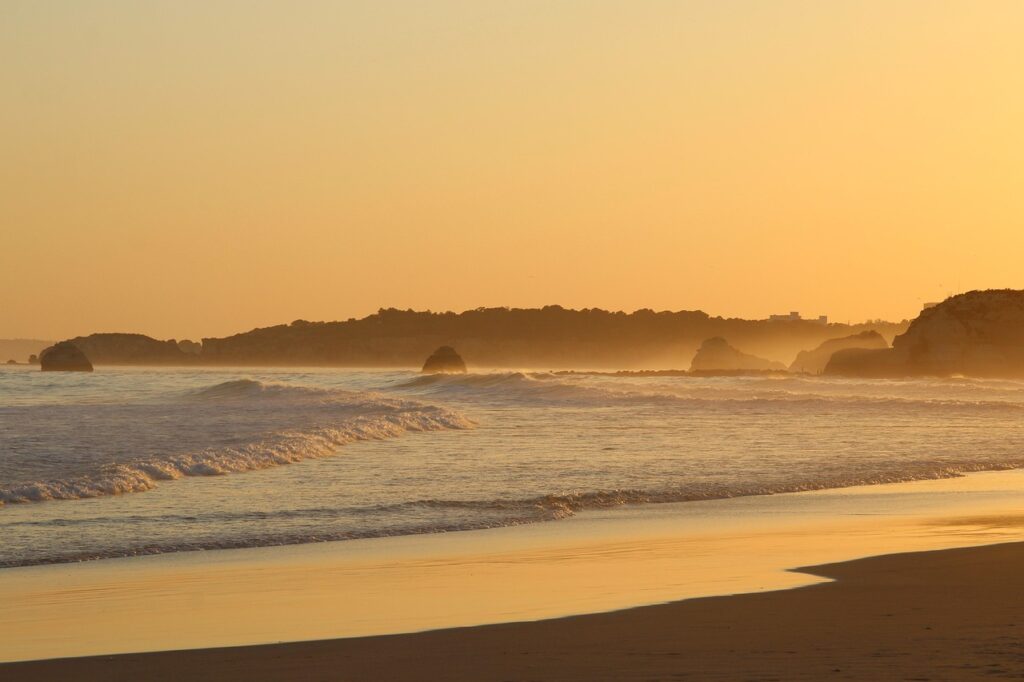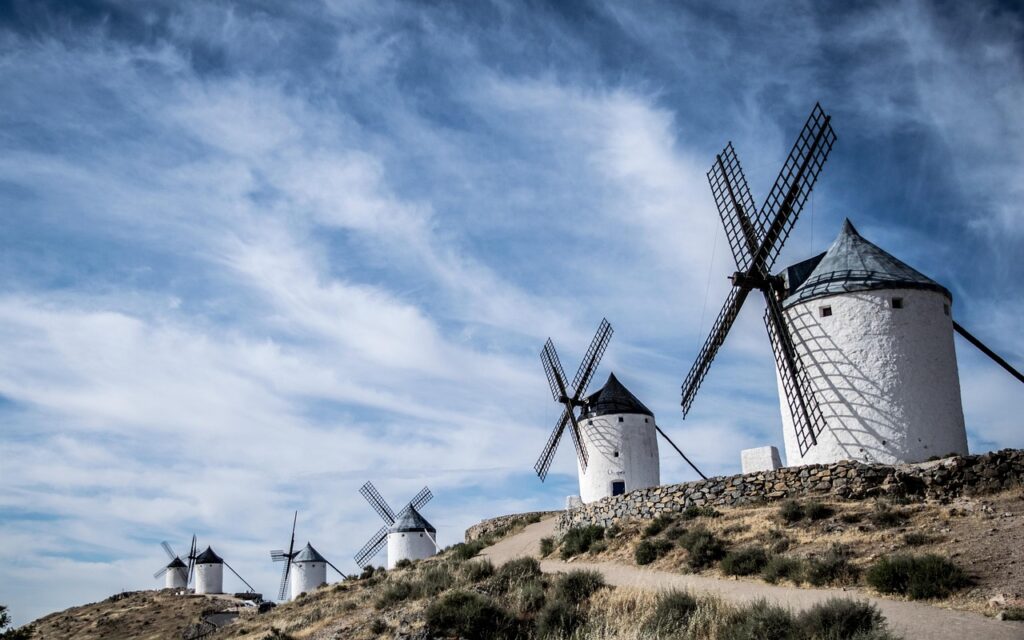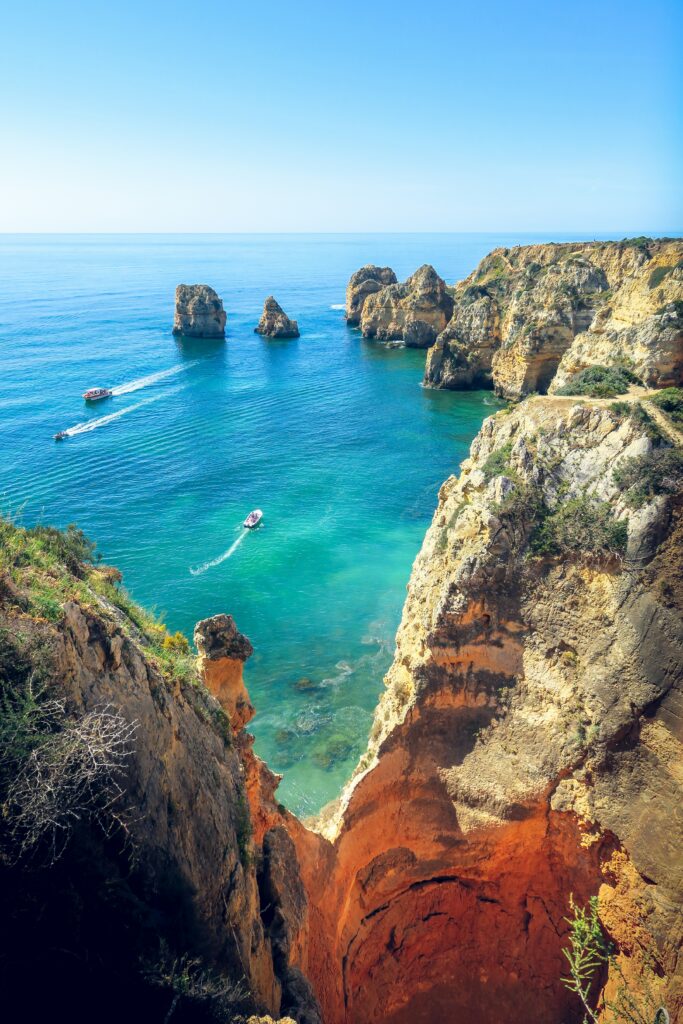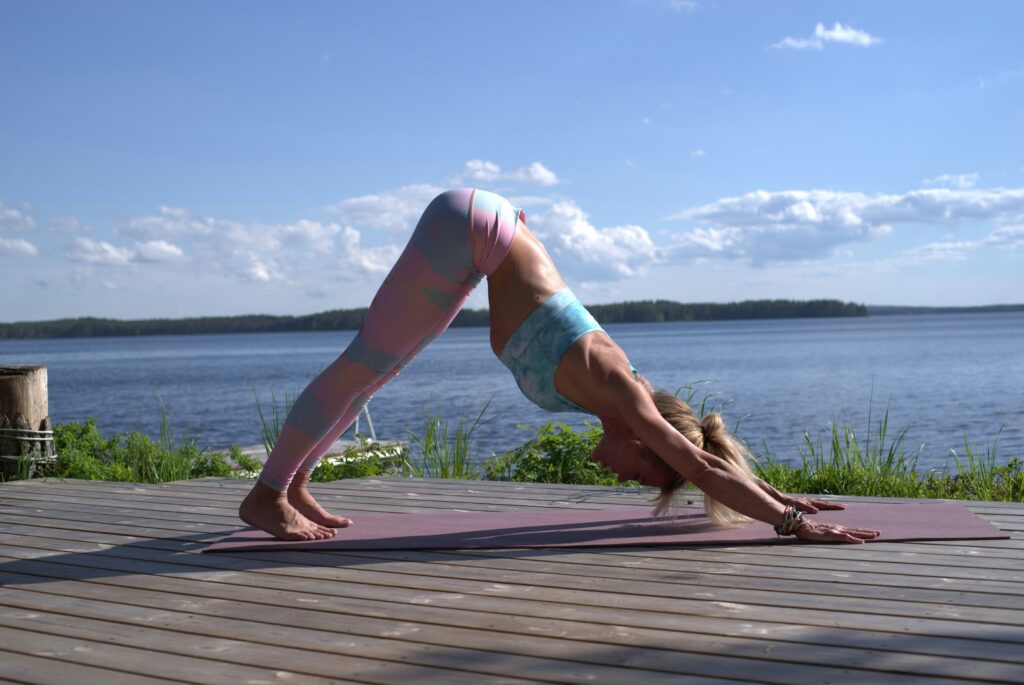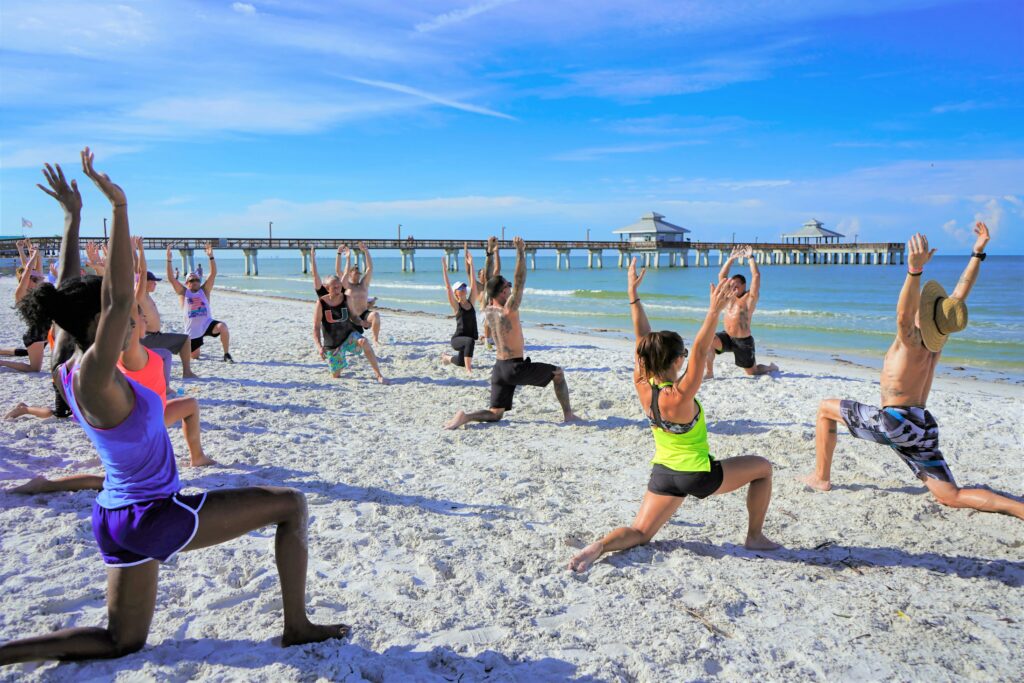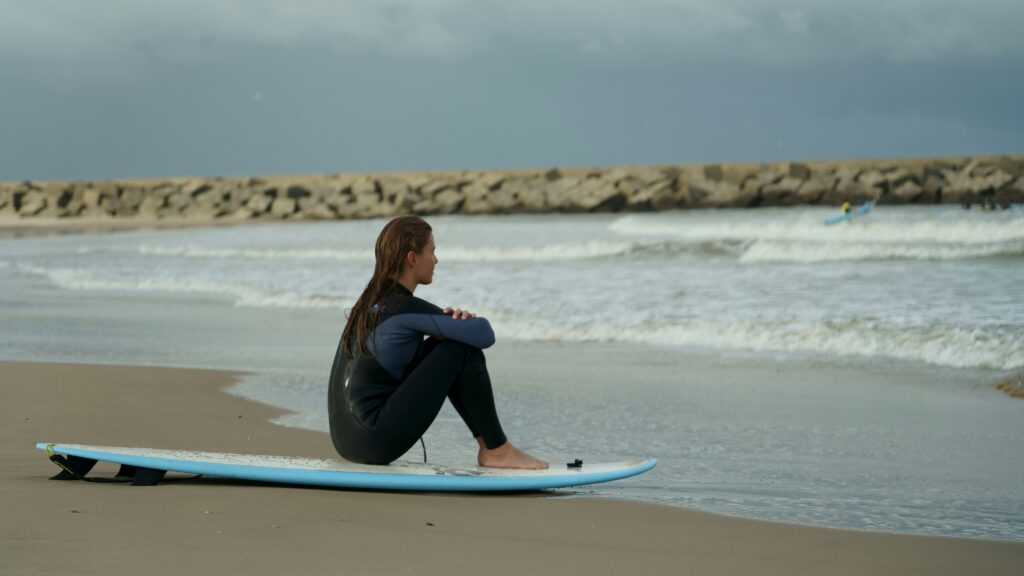The Peloponnese occupies a curious position in Greek tourism—technically a peninsula, connected to mainland Greece by the narrow Isthmus of Corinth, yet feeling spiritually like an island. It’s a land of contradictions and convergences: mountains that reach nearly 2,500 meters drop precipitously to coastlines of startling beauty. Ancient ruins that tourists flock to see sit adjacent to medieval castles that few know exist. Olive groves thousands of years old frame villages where elderly residents still speak regional dialects and maintain traditions that predate the modern Greek state.
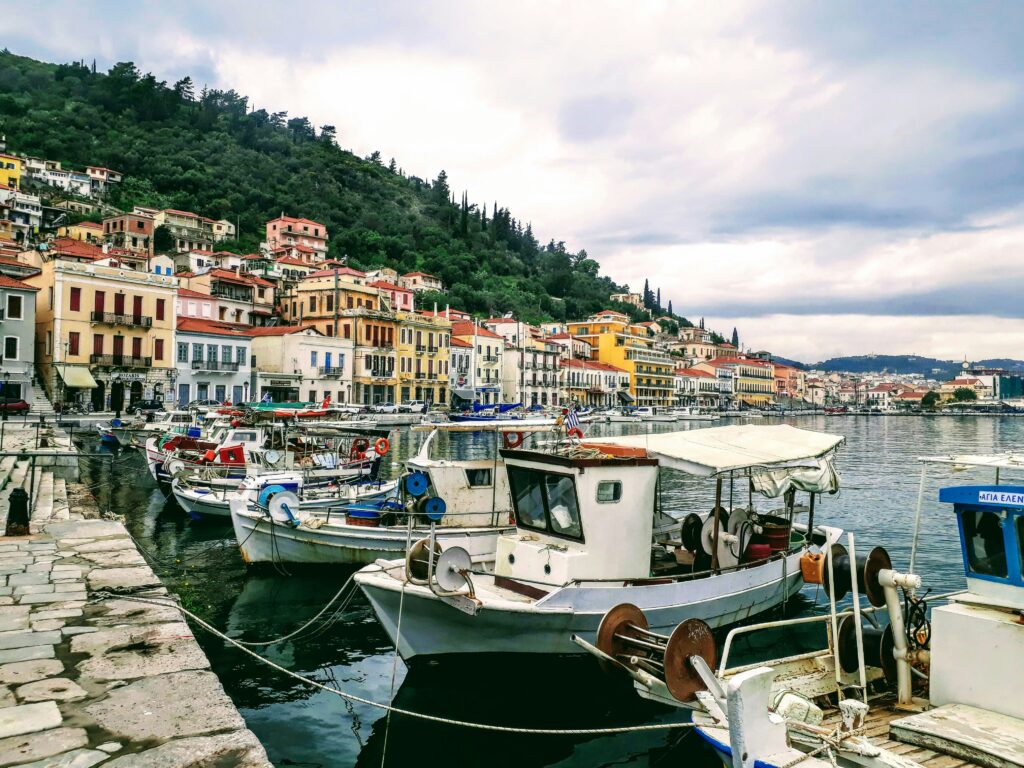
This is the heartland of ancient Greek civilization—Sparta, Olympia, Mycenae, Epidaurus all lie within its boundaries. Yet it remains remarkably untouristed compared to the islands, largely overlooked by international travelers who associate Greece exclusively with island-hopping. That oversight creates opportunity for those seeking yoga retreats grounded in authenticity, surrounded by dramatic natural beauty, and immersed in layers of history so deep you quite literally can’t dig a foundation without hitting archaeological remains.
What the Peloponnese offers yoga practitioners is something increasingly rare: space. Space to breathe, to move at a human pace, to connect with land and people not yet fully absorbed into tourism economies. Here, yoga retreats occupy restored stone houses in mountain villages where your neighbors are shepherds and beekeepers, where the local taverna serves food that hasn’t changed in generations, and where the night sky reveals stars obscured by light pollution everywhere else. It’s not luxurious in the conventional sense, but it provides luxury of a different kind—the luxury of time moving slowly, of days unstructured by anything except light and hunger, of practice integrated seamlessly with the simple rhythms of rural life.
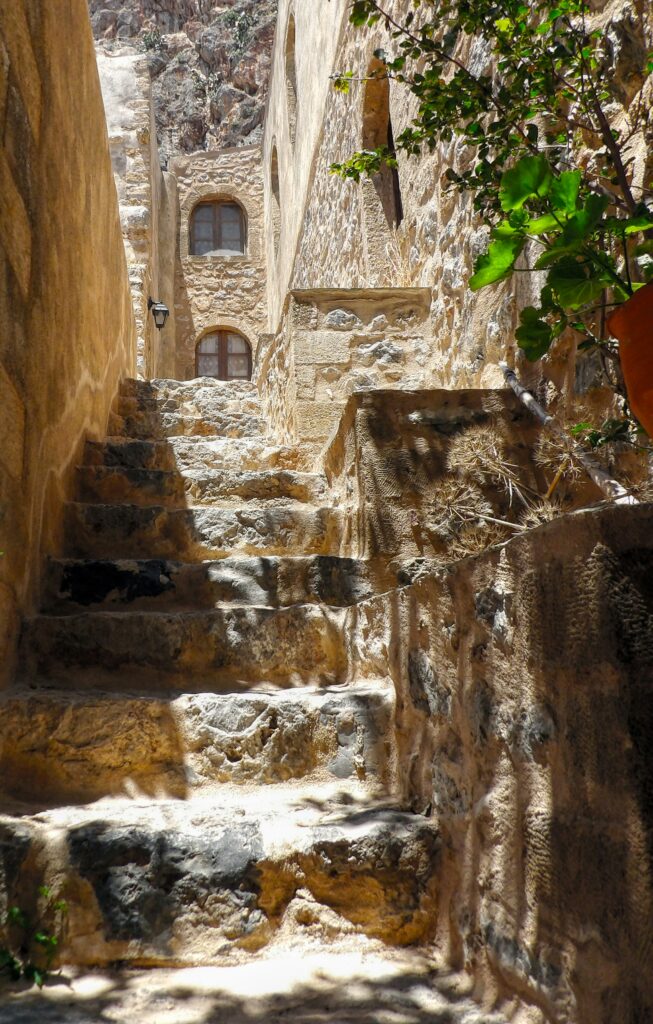
The Landscape: Dramatic Diversity
Understanding the Peloponnese requires grasping its geographic complexity. This isn’t a small, uniform island but a substantial landmass—roughly 21,000 square kilometers—divided into distinct regions, each with its own character, climate, and cultural traditions.
The Mani peninsula in the south is perhaps the most dramatic—a harsh, mountainous finger of land extending between the Messenian and Laconian gulfs. Stone tower houses, built by feuding families in previous centuries, punctuate villages that cling to steep hillsides. The landscape feels almost lunar in its bareness, yet tiny churches hide in valleys, and wildflowers explode from rock crevices each spring. This is the Peloponnese at its most raw and uncompromising.
The western coast, facing the Ionian Sea, offers gentler beauty—long sandy beaches, coastal plains planted with vineyards and olive groves, and the ancient site of Olympia nestled in green hills. The climate here is slightly wetter and more temperate than the eastern coasts, creating lusher vegetation and a softer atmosphere.
The Arcadian interior, the mountain heartland, preserves something of the pastoral Greece that existed before tourism. Villages built from local stone sit at elevations where summer heat never becomes oppressive. Shepherds still drive flocks along mountain roads. Streams that run clear and cold feed valleys where vegetables grow without irrigation. Time here doesn’t just move slowly—it seems negotiable, flexible, almost irrelevant.
The eastern coast, facing the Argolic and Saronic gulfs, benefits from proximity to Athens while maintaining distance from the capital’s intensity. Small ports, pebble beaches, and the extraordinary archaeological sites of Mycenae, Epidaurus, and Nafplion create a region where ancient and modern Greece coexist naturally.
Most yoga retreats in the Peloponnese position themselves to access multiple aspects of this diversity—perhaps based in a mountain village with beach within thirty minutes, or on the coast with mountain hikes easily accessible. The point is that the landscape provides constant variety and stimulation without requiring you to change locations.
Retreat Accommodations: Stone, Simplicity, and Character
Peloponnese yoga retreats occupy a distinct niche in the Greek wellness landscape—neither as luxurious as Santorini and Mykonos, nor as rustic as the most basic Cretan farmhouses, but rather finding a middle path that emphasizes character, authenticity, and thoughtful simplicity.
Typical retreat spaces include renovated traditional stone houses in mountain villages, converted olive mills, small boutique hotels in coastal towns, and purpose-built eco-retreats designed to sit lightly on the land. What they share is attention to preserving authentic architectural elements—stone walls sometimes a meter thick, wooden beam ceilings, arched doorways, and details that reflect regional building traditions—while providing modern comfort levels.
Rooms tend toward simple elegance: whitewashed walls, wooden or iron beds with quality linens, minimal decoration that lets the architecture speak, and windows framing views of olive groves, mountains, or sea. Shared spaces emphasize gathering—large kitchens where meals are prepared and eaten communally, terraces for practice and lounging, gardens where vegetables and herbs grow. The aesthetic is understated, allowing the surrounding landscape and the quality of light to provide the drama.
Many retreat centers here are run by people who fell in love with the Peloponnese and chose to stay—Europeans who bought crumbling village houses and restored them, Greeks who returned to ancestral properties after careers in Athens or abroad, and international yoga teachers who found in this landscape the environment they’d been seeking. These owners bring dedication that goes beyond business; they’re genuinely invested in the region, its preservation, and sharing what they’ve discovered with visitors who appreciate similar values.
The scale remains deliberately small. Groups rarely exceed 10-12 people, preserving intimacy and allowing for personalized attention. This isn’t a retreat machine processing hundreds of guests annually, but rather a more personal exchange—you’re welcomed as individuals, your specific needs and preferences matter, and relationships develop naturally over shared meals and conversation.
The Rhythm of Practice and Daily Life
Peloponnese retreats tend toward integration rather than separation—yoga practice isn’t something cordoned off from the rest of daily life but woven into it seamlessly. The pace here is profoundly slow, honoring both the traditional Mediterranean rhythm and the needs of deep practice.
Mornings typically begin early, not because schedules demand it but because summer sunrise happens early and it’s the most beautiful time of day. You might wake naturally to light and bird song, make your way to the practice space—perhaps a terrace overlooking olive groves, or a room with doors opening to mountain views—and begin with meditation or pranayama as the world wakes around you. Morning yoga sessions run 90 minutes to two hours, generally Hatha or gentle Vinyasa, with emphasis on alignment, breath, and building heat gradually rather than forcing intensity.
Breakfast afterward is an event—local bread and honey, eggs from nearby chickens, fruit from the garden or market, Greek yogurt, mountain tea or coffee. Meals are taken slowly, often with conversation ranging from serious to silly, creating natural community without forced team-building exercises.
The middle of the day belongs to siesta, exploration, or participation in retreat activities. You might hike to a nearby waterfall, drive to the beach for swimming, visit an archaeological site, help harvest vegetables, or simply rest with a book under fig trees. Some days include workshops—on meditation, philosophy, local history, or traditional crafts—but these feel like natural extensions of the retreat rather than scheduled programming.
Late afternoon brings another practice, often more restorative and yin-influenced than morning sessions, followed by sunset watching (a daily ritual that never gets old), and dinner. Evening meals in the Peloponnese are special—multiple courses, local wine, olive oil so fresh and green it’s almost a vegetable, conversations that stretch on for hours because there’s nowhere else to be and nothing pressing to do.
After dinner, you might have group meditation, read by candlelight (some retreat centers limit electricity deliberately), or sit outside watching stars so numerous and bright they seem unreal if you’re accustomed to light-polluted skies. Then sleep comes easily, deep and dreamless, your body and nervous system settling into the pace that’s natural here.
Connection to Place: Beyond the Mat
What distinguishes Peloponnese retreats is emphasis on connecting with the region itself—its nature, history, culture, and people. Yoga practice provides the foundation, but the real transformation often comes through engagement with everything surrounding you.
Many retreats incorporate hiking as regular practice. The Peloponnese offers extraordinary trails ranging from coastal paths to mountain ascents, through gorges and forests, past Byzantine churches and shepherd huts. These aren’t forced marches but contemplative walks at conversational pace, with frequent stops to notice plants, discuss philosophy, or simply breathe in views. Local guides often accompany hikes, sharing knowledge about medicinal herbs, pointing out archaeological remains, telling stories about the land’s history and mythology.
Swimming is another daily practice. Whether Mediterranean or Ionian coast, the Peloponnese offers beaches from sandy crescents to dramatic rock formations, often remarkably empty even in summer. The water—clear, clean, and ranging from turquoise to deep blue—invites extended immersion. Some retreats organize boat trips to remote coves, combining sailing with swimming and coastal exploration.
Cultural immersion happens naturally here because you’re not in tourism bubbles but actual communities. You shop at the same markets as locals, visit the same bakeries, attend village festivals if your timing aligns, and interact with people for whom tourism is supplemental rather than primary income. This creates opportunities for genuine exchange rather than transactional encounters.
Archaeological sites scattered throughout the region offer profound experiences beyond typical tourism. Visiting Epidaurus’ ancient theater at dawn before tour buses arrive, walking through Mycenae’s Lion Gate with a knowledgeable guide who can contextualize what you’re seeing, or sitting in contemplation at Olympia’s Temple of Zeus becomes meditation on impermanence, human ambition, and the layers of meaning embedded in landscape. These aren’t add-on excursions but integral parts of understanding where you are and how this place has shaped human consciousness for millennia.
Food: Simplicity and Terroir
Meals in Peloponnese retreats embody the principle that nourishment comes from quality rather than quantity or complexity. The regional cuisine is based on what grows well in local soil and climate—olives and their oil, wine grapes, vegetables that tolerate heat and limited water, herbs that thrive in mountainous terrain, cheese and yogurt from sheep and goats, fish and seafood from surrounding waters, and occasional meat from animals raised locally.
What makes the food special is directness—ingredients travel meters rather than kilometers from source to plate. The tomatoes come from the garden you walked through that morning. The olive oil was pressed at the mill down the road from olives you can see growing on terraced hillsides. The cheese was made by the shepherd whose flock you pass on afternoon walks. The fish was caught this morning by someone you might meet at the harbor.
This isn’t farm-to-table as marketing concept but as basic reality, and it transforms eating into something more than consumption. You taste the soil, the sun, the care invested in growing and preparing food. Simple preparations—vegetables roasted with olive oil and oregano, grilled fish with lemon, Greek salad with genuine feta, lentil soup cooked slowly for hours—reveal flavors that restaurant meals in cities rarely capture.
Many retreats involve participants in food preparation. You might help harvest vegetables, learn to make traditional dishes from local women, prepare bread or pies, or simply chop and stir while talking with the cook. This transforms meals from service you receive into experiences you co-create, fostering deeper appreciation and mindfulness around eating.
Best Time for Peloponnese Yoga Retreats
The Peloponnese’s climate and larger size create more flexibility than smaller islands in terms of year-round retreat possibilities.
April and May: Spring here is spectacular—wildflowers, green hillsides (the brief period before summer heat browns the landscape), moderate temperatures (18-24°C), and minimal tourists. The sea is still cool (16-19°C) but swimmable for the brave. This is ideal time for hiking, visiting archaeological sites without crowds, and experiencing villages during Easter celebrations. Accommodation is affordable and readily available.
June and September: These months offer the best balance—warm weather, comfortable sea temperatures (22-25°C), long days, and manageable tourist numbers. June retains some spring greenness; September brings harvest activities and a sense of abundance. Both are excellent for combining beach time, mountain exploration, and cultural activities. Book 6-8 weeks ahead for popular retreat centers.
July and August: High summer brings guaranteed sunshine and warm seas (24-27°C) but also significant heat—interior valleys can exceed 35°C, making midday activity uncomfortable. Coastal areas benefit from sea breezes. This is also peak tourist season at major sites like Olympia and Epidaurus. For retreat purposes, early July and late August are preferable to the middle weeks. Mountain-based retreats cope better with heat than coastal ones due to elevation.
October: Many consider this ideal—the sea retains warmth (20-23°C), crowds have departed, the light achieves that golden autumn quality, and there’s a palpable sense of relief after summer’s intensity. Early October is particularly lovely; by month’s end, weather becomes more variable with possibility of rain, but this is part of the charm. Olive harvest begins in late October, and some retreats allow participation in this ancient seasonal rhythm.
November through March: Unlike most islands, the Peloponnese maintains life year-round. Some retreat centers remain open in winter for those drawn to solitude, dramatic weather, and authentic off-season Greece. It can be genuinely cold and rainy, especially in mountains, but coastal areas remain relatively mild. Winter retreats appeal to those seeking complete immersion without tourist infrastructure, who don’t mind variable weather and limited ferry service, and who are drawn to Greece’s quieter, more introspective face.
Getting There and Getting Around
The Peloponnese’s accessibility is a major advantage—you can drive from Athens in 90 minutes to 3 hours depending on destination, avoiding the logistics and costs of island ferries or flights. Most international visitors fly into Athens, then either rent a car or arrange retreat center pickup. The drive itself can be beautiful—modern highways skirt the coast, offering views of the Saronic Gulf and Corinthian Canal.
Some coastal areas are accessible by ferry from Athens (Piraeus port), particularly the eastern coast towns. These shorter ferry rides (1-3 hours) provide a taste of sea travel without the extended journey to more distant islands.
Having a car in the Peloponnese is more useful than on compact islands. Distances are greater, public transportation is limited outside major routes, and much of the region’s appeal lies in exploring back roads, finding remote beaches, and visiting villages not on tourist maps. Retreat centers typically arrange airport pickup but may not provide transportation for all activities, assuming guests will either have cars or be content staying primarily at the retreat.
Roads range from excellent highways to narrow mountain routes requiring confident driving. The variety is part of the adventure—taking a winding road through mountain villages, stopping at roadside shrines, discovering tavernas that serve three dishes and pour wine from plastic bottles because that’s what they have.
What to Expect: Costs and Practical Considerations
Peloponnese retreats generally offer excellent value—week-long packages typically range from €700 to €1,500, depending on accommodation quality, season, and inclusions. This usually covers lodging, all meals, daily yoga classes, and some activities like guided hikes or workshops. Excluded are typically transportation to the retreat, wine or spirits, any spa treatments, and optional excursions to archaeological sites or special locations.
The value proposition is strong—you’re getting authentic experiences, quality instruction, good food, and genuine hospitality at prices significantly below famous island destinations. The trade-off is less luxury, simpler accommodations, and potentially more self-direction (you may need to entertain yourself during free time rather than having a full schedule of organized activities).
English is spoken at retreat centers but less universally in surrounding villages and towns. This is part of the authentic appeal—you’re in real Greece rather than tourism zones. Learning basic Greek phrases helps enormously and is genuinely appreciated by locals. The Peloponnese retains strong regional pride and distinct cultural identity, and small gestures toward understanding local language and customs open doors.
Is the Peloponnese Right for Your Yoga Retreat?
The Peloponnese is ideal for travelers who value authenticity over polish, who want to experience Greece beyond the tourism economy, who enjoy exploring and don’t need constant entertainment or luxury amenities. It’s perfect for history enthusiasts, nature lovers, hikers, and those who appreciate slow travel and immersion in local culture. This is the destination for people who find beauty in simplicity, who can embrace flexibility when things don’t run precisely on schedule, and who prefer substance over style.
This region appeals particularly to solo travelers seeking community in small group settings, to couples wanting romantic escapes without the crowds and costs of famous islands, and to anyone recovering from burnout who needs genuine rest rather than stimulating activities. It’s also excellent for experienced yoga practitioners who’ve been to many retreats and are seeking something more authentic than typical wellness tourism.
The Peloponnese is not ideal for those wanting luxury spa facilities, for travelers who prefer highly structured programs with every hour scheduled, for people uncomfortable with language barriers or rustic accommodations, or for anyone who needs extensive nightlife, shopping, or social scenes. It also requires more self-sufficiency than resort-style retreats—you might need to navigate directions, communicate across language barriers, and tolerate occasional inconveniences.
But if you’re drawn to places with depth, where layers of history inform present experience, where the pace of life hasn’t been entirely shaped by tourism, where you can still have genuine encounters with people for whom you’re a guest rather than a customer, then the Peloponnese offers something increasingly rare in Mediterranean Europe. It offers the real thing—unpolished, sometimes challenging, deeply rewarding.
Here, yoga retreats become not temporary escapes from ordinary life but glimpses into different ways of organizing time, relating to land, and understanding what constitutes a good life. The lessons you learn—about slowing down, about sufficiency, about the pleasures of simple things done well—come not primarily from teachers or workshops but from the place itself and the people who’ve chosen to live here despite easier options elsewhere.
You come for yoga practice in beautiful surroundings. You stay for conversations with shepherds, for the taste of olive oil pressed from fruit you watched being harvested, for starlit nights so quiet you can hear your own breath, for the particular quality of light as it hits stone that’s stood for centuries, for the understanding that wellness isn’t something you achieve through programs and retreats but a way of being that emerges when you align with rhythms larger and older than yourself.
The Peloponnese doesn’t announce itself or try to impress. It simply exists, solid and substantive, offering its gifts to those willing to slow down enough to receive them. And that unpretentious authenticity might be the most valuable offering any retreat destination can provide.

